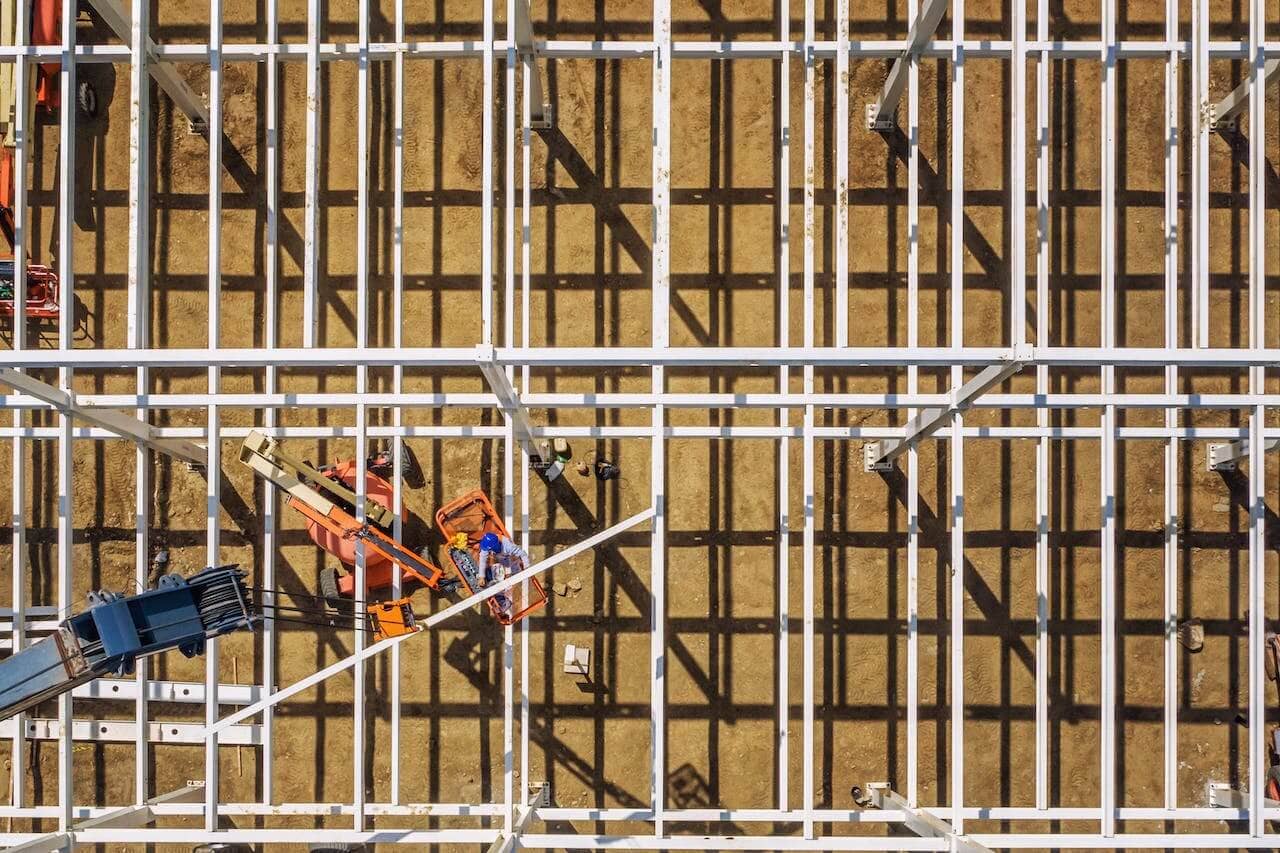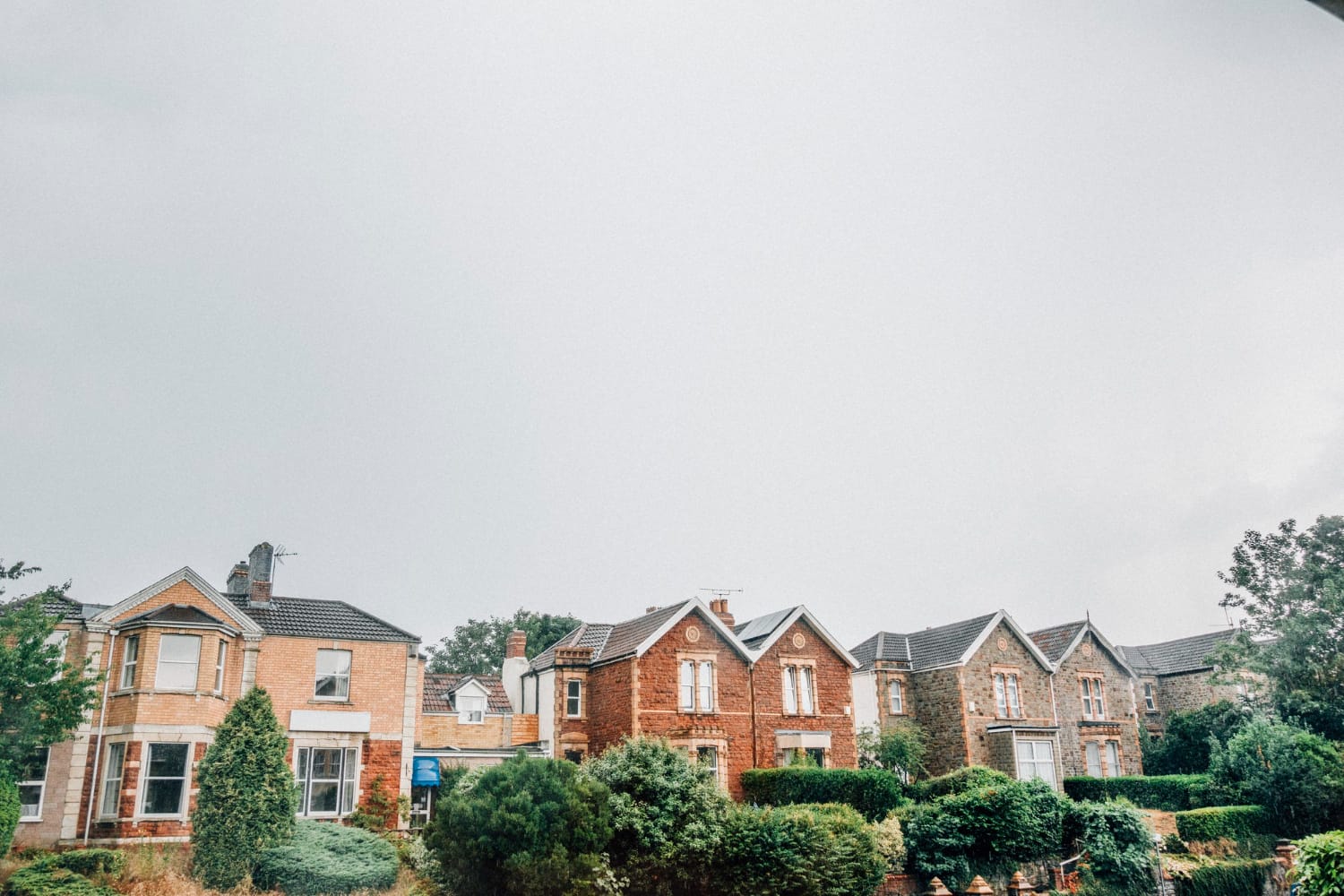In the ever-evolving world of construction, where progress is marked by towering structures and evolving landscapes, addressing the unique work safety challenges of remote construction sites is a paramount concern. As we delve into the intricacies of ensuring safety in these far-flung locations, let’s explore the strategies, technologies, and human-centric approaches that form the backbone of a robust safety framework.
Understanding the Remote Landscape
The foundation of overcoming safety challenges in remote construction sites lies in recognising the distinct characteristics of these locations. Unlike urban counterparts, remote sites lack immediate access to amenities and established infrastructure. This absence necessitates stringent safety protocols, transforming every construction activity into a meticulous process of consideration.
Building Safety into the Blueprint
Proactive safety measures start with the very inception of a construction project. Imagine designing not just for structural integrity but with safety ingrained in every blueprint. This approach involves anticipating and engineering solutions for potential hazards unique to remote locations, ensuring that safety is not an afterthought but an integral part of the construction process.
Embracing Technology for Surveillance
In the realm of safety, technology emerges as a steadfast ally. Remote construction sites benefit immensely from the deployment of advanced surveillance systems. Drones equipped with high-resolution cameras offer a bird’s-eye view, identifying potential hazards before they escalate. These technological eyes in the sky enhance safety and streamline project management, ensuring a comprehensive approach to safety.
Communication: The Lifeline of Safety
Communication forms the bedrock of safety protocols on remote construction sites. Imagine workers scattered across vast areas, each engaged in different aspects of the construction process. Establishing a robust communication network becomes paramount. Two-way radios, satellite phones, and innovative mobile apps bridge the gap, ensuring crucial safety information reaches every corner of the site in real-time.
Navigating Safety Risks in Construction
Now, let’s delve into the intricacies of safety risks inherent to construction, especially magnified in the remote setting. From precarious weather conditions to the absence of immediate medical aid, these challenges demand a proactive and comprehensive approach to ensure the well-being of the construction workforce.
Weathering the Elements
Addressing safety challenges in remote construction sites requires tackling the unpredictable nature of the weather. Imagine constructing a building where the climate shifts from scorching heat to bone-chilling cold. Extreme weather conditions pose threats to both workers and the structural integrity of the project. Implementing weather monitoring systems and providing adequate protective gear become imperative in mitigating these risks.
Medical Preparedness in Isolation
Unlike construction sites in urban landscapes, remote locations often lack nearby medical facilities. This isolation amplifies the importance of medical preparedness on-site. Equipping the site with well-stocked first aid stations and ensuring workers receive basic medical training become non-negotiable aspects of addressing safety challenges in these far-flung construction sites.
Cultural Considerations in Safety
Safety extends beyond physical well-being to the cultural and social aspects of the workforce. In remote construction sites with workers from diverse backgrounds, understanding and respecting cultural differences play a pivotal role in fostering a safe working environment. Language barriers or cultural norms hindering effective communication about safety protocols can be overcome by creating a workplace culture that values and integrates diversity.
The Human Element: A Key Player in Safety
No safety strategy can be effective without considering the human element. Imagine a construction site where workers are fatigued, stressed, or demotivated. In such a scenario, the risk of accidents skyrockets. Addressing the unique safety challenges of remote construction sites involves prioritising the well-being of the workforce.
Mental Health in Construction
Construction projects, particularly in remote areas, often demand long hours and extended periods away from home. This lifestyle can take a toll on the mental health of workers. Imagine a scenario where stress and fatigue compromise decision-making and attentiveness. Prioritising mental health involves creating a supportive work environment, providing access to counselling services, and promoting a healthy work-life balance.
Training and Empowerment
Empowering the construction workforce through comprehensive training programs forms a cornerstone in addressing safety challenges. Imagine a scenario where workers are equipped not just with technical know-how but also with the confidence to identify and address safety concerns. Training programs should encompass not only the use of safety equipment but also the cultivation of a safety-first mindset among the workforce.
Making an Accident at Work Claim with National Claims
In the unfortunate event of an accident at a remote construction site, workers need assurance that their rights are protected. National Claims understands the unique challenges faced by those working in remote locations. Our expert team is dedicated to guiding you through the process of making an accident at work claim, ensuring that you receive the support and compensation you deserve. Safety is not just a concept; it’s a commitment, and National Claims is here to uphold that commitment for every worker on remote construction sites.

Conclusion
In the vast expanse of remote construction sites, safety stands as a beacon guiding every action and decision. Addressing the unique safety challenges involves a harmonious blend of proactive planning, technological integration, and a deep understanding of the human element. From weathering the elements to nurturing the mental well-being of the workforce, each aspect contributes to the creation of a safe horizon for remote construction.
As we navigate the landscape of construction safety, let’s not forget that the lessons learned in remote sites can reverberate across the entire industry. By addressing these challenges head-on, we not only ensure the well-being of those working in remote locations but also pave the way for a safer, more resilient future in construction. And with National Claims by your side, you can navigate the path to safety with confidence, knowing that your rights are protected.
For more information regarding how to start a claim, contact us today to speak to one of our claims specialists.
Click below to see why we are one of the most trusted claims management companies in the UK.

We’re proud of our excellent customer reviews
We thrive on delivering exceptional service and ensuring our clients’ satisfaction. Don’t just take our word for it. Check out some of our independent reviews to see what our clients have to say.
Excellent

This firm is excellent, they sorted out my car pay out and injury claim very fast, they always communicate with you all the time.

My accident case was dealt with confidence and with great result of the outcome, especially James kept me informed all the time.

I was very impressed at the way my inquiry was treated. I was listened to attentively and everything I needed to know was explained to me.






